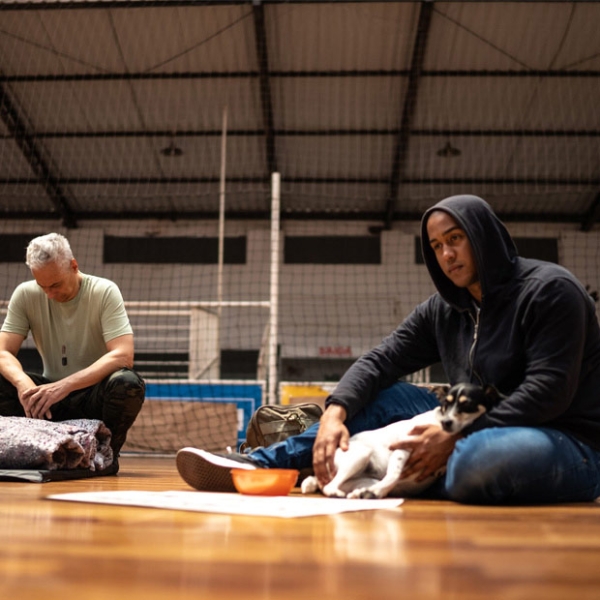Chart of the Month: Pet owners equate in-person visits with best care
You might have heard that a few states have moved toward allowing the veterinarian-client-patient relationship (VCPR) to be established virtually—without a previous in-person examination of the animal or visit to the premises where the animals are kept.
While proponents of the virtual VCPR argue that it would increase access to care by allowing telemedicine appointments for animal owners who don’t otherwise visit a veterinarian, results of a new survey of 1,000 pet owners across the U.S. overwhelmingly suggest differently.
What the data show
Here are some key results of the AVMA’s 2023 Pet Owner Attitude Survey:
- 88% of pet owners agreed that having the veterinarian physically examine their pet and talk to them in person is what leads to the best care. Only 4% disagreed, while 8% were indifferent on the question.
- 72% said they prefer to meet a veterinarian in person before allowing them to care for their pet.
- 76% put their pet’s health and safety above all else as a top priority for veterinary care.
What does this mean?
These insights directly challenge the rationale some lobbyists claim when pushing for legislation to allow a virtual VCPR.
The purpose of the survey, conducted in September 2023, was to better understand pet owners’ attitudes and experiences in the wake of disruptions caused by the COVID-19 pandemic. The results were loud and clear: a virtual VCPR would be met with heavy resistance from pet owners, the vast majority of whom prefer and recognize the importance of an in-person relationship with their veterinarian.
The survey shows that pet owners understand that seeing a licensed veterinarian in person is what’s in the best interest of their pets and is fundamental to quality care. In fact, while some pet owners recognize the convenience of telemedicine in certain scenarios, most feel that it’s “safer” and “more accurate” for pets to be physically examined on their initial visit.
An in-person VCPR best serves and protects the needs of animal patients, clients, veterinarians, and public health. It’s both encouraging and validating to learn that most pet owners prefer and value the in-person VCPR when it comes to their pets.
What can we do with this information?
As policymakers consider proposals that can impact our patients, this information can help us all ensure that our lawmakers and regulators understand both the need for an in-person VCPR requirement and the false promise inherent in suggestions that a virtual VCPR could improve access to care.
If your state is among those considering a virtual VCPR, you can help by sharing these survey findings with your state policymakers and working with your state and local VMA to build support for the in-person VCPR.
Proper use of telemedicine—within an established, in-person VCPR—improves the effectiveness, continuity, and efficiency of veterinary care. It also can extend our relationships with clients beyond practice walls.
A virtual VCPR is the wrong answer to access to care concerns—because it puts patient health and welfare at risk, and also because it isn’t what clients want.
The AVMA provides resources that empower veterinarians to explore and integrate telemedicine and other telehealth services that animal owners are seeking at avma.org/Telehealth. Telemedicine is an important tool in our toolkit. It isn’t a substitute for in-person care.





Comments
Add New Comment